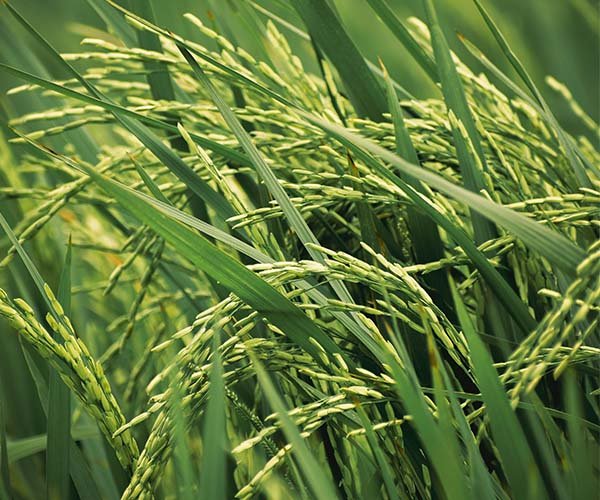High Temperature Resistance, S-Abscisic Acid has Good Effect!
The phenomenon of plant damage caused by high temperature is generally called heat damage. When crops are in a high temperature environment for a long time, the plants will be seriously damaged. The harm of high temperature to plants is complex and multifaceted. Under high temperature stress, organisms undergo heat shock reactions to protect cells and organisms from serious damage, restore normal cell activity and physiological activity, and improve heat resistance through high-level expression of heat shock proteins.
Effects of High Temperature on Crops
Heat Damage: High temperatures cause complex and multifaceted damage to crops, particularly during sensitive developmental stages such as the booting and flowering stages in rice.
Rice: High temperatures can damage chloroplasts, reduce photosynthetic efficiency, and impair processes like pollination and fertilization, leading to lower yields and poor grain quality.
Fruit Trees: In citrus trees, prolonged exposure to temperatures above 35°C can lead to chlorophyll degradation, decreased photosynthesis, and increased respiration, causing tissue damage and burns.
Corn: High temperatures during flowering can disrupt the development of both male and female ears, leading to poor pollination and reduced seed set.
Role of S-Abscisic Acid in Heat Resistance:
Stress Response:
S-Abscisic Acid is a crucial stress hormone that helps plants cope with high temperatures by regulating physiological and biochemical processes.
Membrane Stability:
It increases the thermal stability of cell membranes, reducing heat damage.
Photosynthesis:
S-Abscisic Acid enhances the plant’s ability to withstand heat stress by promoting water absorption, reducing water loss, and controlling stomatal behavior.
Exogenous Application:
Applying S-Abscisic Acid externally can help improve heat tolerance in crops. Reducing the negative impacts of high temperatures on growth and development.
In summary, S-Abscisic Acid plays a vital role in enhancing crop resilience to high temperature stress. So make it an important tool in agricultural practices aimed at mitigating heat damage.


